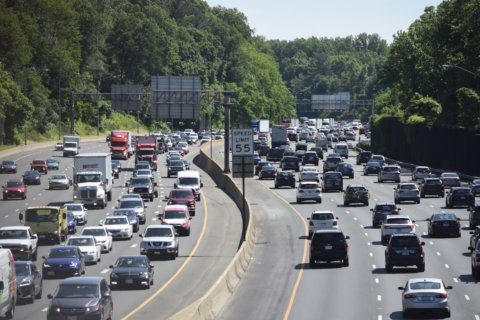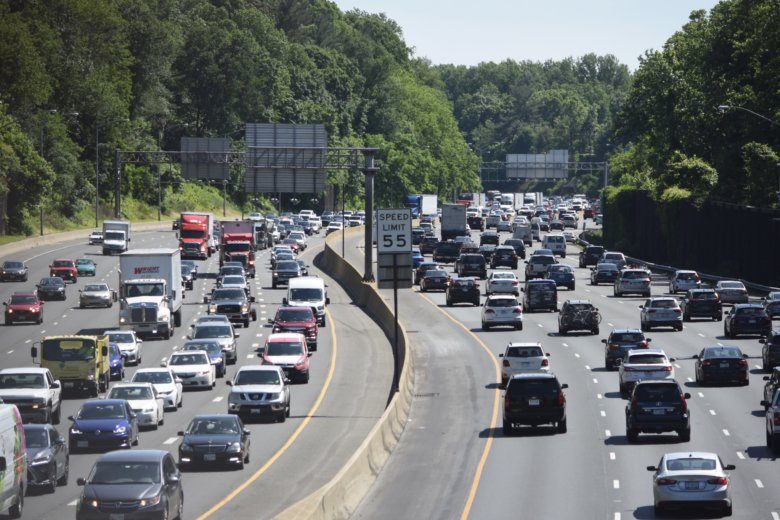
There’s been strong opposition to Maryland Gov. Larry Hogan’s efforts to widen the Capital Beltway from the citizens who live in Montgomery and Prince George’s counties.
And there’s at least some doubts at the federal level too, judging by remarks at a hearing last week held by the National Capital Planning Commission.
The commission has some say in this matter, since the project would cut through parkland it oversees in Montgomery County, including Rock Creek Park and Sligo Creek Park. And members of the NCPC made clear last week that they want to see some other alternatives to widening of the beltway before signing off on anything.
“We have an obligation to protect the park land,” said Beth White, one of the commissioners on the NCPC.
White, who lives in Houston, said traffic is an issue in her hometown, even though one stretch of highway is known for being the widest freeway in the world.
“It’s already exceeded projections of what it was supposed to serve, so I’m really cautious about modeling that shows how this is going to help reduce congestion and then we’re just going to have to widen it again,” White said. “So I’m a real skeptic of some of the projections.”
One alternative to widening the beltway that the NCPC was interested in hearing about involved making better use of the ICC.
“The option would generally take traffic headed southbound on I-95 and headed for points in Virginia and utilize the ICC and then down I-270,” explained Jeff Folden, deputy director of the Maryland State Highway Administration. “The trip … is about 10 miles longer — 31 miles versus 21 mile trip … So you’re adding about a 50-percent distance for travelers.”
Folden argued that with the stretch of the Beltway on I-95 and US Route 29 in Silver Spring — the most congested in the state during the morning rush on a daily basis — there are other reasons to think the ICC wouldn’t necessarily be a faster trip, thus necessitating the widening of the Beltway.
“The most recent study from our sister agency, the Maryland Transportation Authority, projects that the Intercounty Connector in the westbound section in the morning will be over capacity in many sections by 2033; and some sections even sooner in 2030. At a high level, this tells us that the ICC cannot accept additional traffic from other roadways.”
Folden said, if anything, more traffic is going to get priced off the ICC in the future on to other roads so that traffic on the toll highway can continue to move as designed.
But other board members told Bethesda Magazine, which first reported on this meeting held last week, that they weren’t ready to buy into those projections yet.
“We’re not going to build our way out of this problem,” said White, who asked the state to continue looking for other alternatives, beyond what’s been done already. “I would just ask you to be fair in the analysis about the benefits of doing this.”









